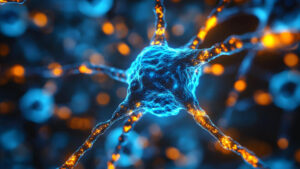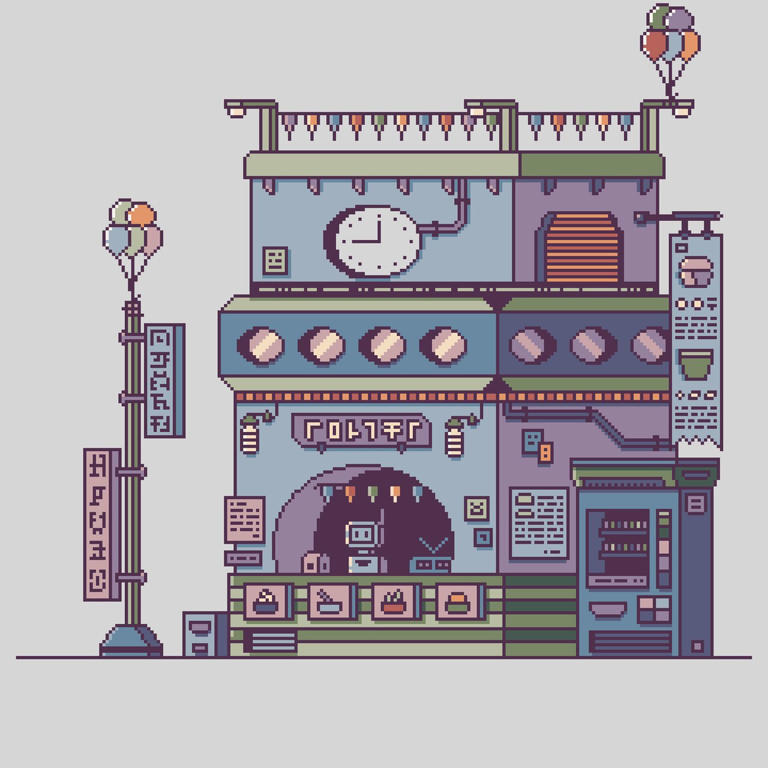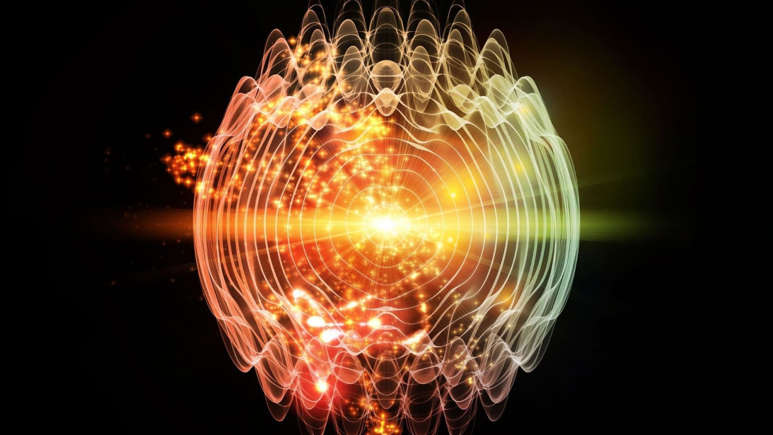Biomedical engineers have achieved a major breakthrough in organoid research, pushing us closer to a new era of neurophysiological analysis and treatments. A team at Johns Hopkins University has created some of the first whole-brain organoids that include interconnected, functional tissues from each region of the human brain.
According to their paper published in the journal Advanced Science, these neuronal cell masses display activity similar to what’s seen in a 40-day-old human fetus, and may soon allow for better, more effective drug treatments for diseases like Parkinson’s and Alzheimer’s.
Brain organoid development is one of the most promising, complex, and often surreal biomedical frontiers. Derived from pluripotent human stem cells, these lab-grown cultures function as rudimentary “minds” that lack sentience but retain basic cognitive functions like memory and learning. Although initially limited by their two-dimensional designs, newer three-dimensional compositions are already capable of playing rudimentary games of Pong and powering small robots.
Such demonstrations aren’t intended to simply be impressive laboratory tricks—these complex, customizable cell blobs could kickstart a new era of neuropsychiatric research and treatment…





